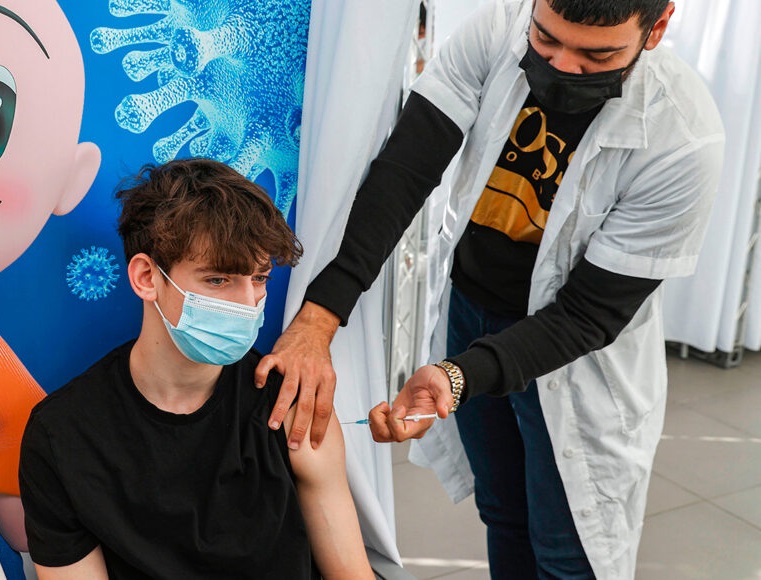The true impact of the pandemic might be underestimated, although some adolescents are good and strong to adapt to difficult times and crisis
The true impact of the pandemic might be underestimated, although some adolescents are good and strong to adapt to difficult times and crisis

The lockdowns and restrictions on activities caused by Covid 19 has had some effects on mental health in teenagers
Gto News presents a story published in The Lancet on the mental health and difficult times adolescents go through in times of pandemic, all credit goes to The Lancet
Media headings about the mental health of the adolescent population during the Covid 19 pandemic have projected serious short-term and longer-term consequences of the pandemic and the measures taken to limit the spread of the virus.

Deprived of opportunities
Headlines suggesting that there is a so-called lost generation of youth, deprived of central developmental opportunities due to the pandemic, have reached a wide audience. It is thus timely to ask: is the current generation of adolescents really lost?, questions a story run in The Lancet.
Ingibjorg Thorisdottir and colleagues are among the first to tackle this question with empirical data at an adolescent population level with their excellent study on trajectories of prepandemic symptoms of depression at two time points (2016 and 2018), compared with depressive symptoms during the Covid 19 pandemic. With two large and representative Icelandic samples comprising nearly 60 000 13–18-year-olds, they present unique and highly needed data.

Bad reports
Thorisdottir and colleagues showed that depressive symptoms increased (95%) and mental well being worsened significantly during the pandemic, and more so than one could expect based on the observed trends in adolescent mental health deteriorating over the past decade.
Although observed change could not entirely be attributed to the pandemic and preventive measures, the present study clearly shows that gauging the mental health status of adolescents over time is of imminent importance. This is especially the case when facing a global crisis like a pandemic.

Increasing bad news
This finding is supported by the results of Thorisdottir and colleagues’ study, which showed that the prevalence of depressive symptoms was increasing from 2016 to 2018, and then increased somewhat more from 2018 to the numbers reported during the Covid 19 pandemic in 2020.

Similar trends elsewhere
A comprehensive meta-analysis of population-based studies on mental health trajectories before and during the pandemic showed similar trends.
Thus, caution should be applied when interpreting this increase as a result of the pandemic alone. Rather, the pandemic might have exacerbated trends already present in the adolescent population, thereby highlighting the status of adolescents’ mental health.

Adolescents were showing signs of increased stress and mental disorders since 2016 and it seems like Covid 19 has only worsened those symptoms
Other factors
Some groups of adolescents are more at risk for presenting with mental health problems than others. Risk and resilience factors are therefore imperative to map in studies like that by Thorisdottir and colleagues, reported The Lancet.
However, because adolescents from high-risk groups tend to opt out from surveys like that used in the present study, this is a demanding task. The result is that the true impact of the pandemic might be underestimated.
Except for gender and age, the present study unfortunately does not analyse subgroups of adolescents with different susceptibility and protective factors.

At higher risk
Similar research conducted in Norway suggests that some groups of adolescents, such as adolescents living in separated families, are disproportionately at risk for increased symptoms of mental health problems during times of crisis such as the Covid 19 pandemic.

Well adapted
Resilience factors need to be addressed in rigorous studies on mental health, as many adolescents adapt well in times of stress and crisis.
Therefore, to inform policy makers and other important stakeholders, this dual focus should be one of the main purposes of population-based, representative studies.

Watch indicators
The present study together with other similar studies shows the importance of closely monitoring indicators of risk and resilience, as it enables timely efforts to mitigate the risk for development of mental disorders during adolescence.
To conclude, the true picture of well being among young people is likely to be more complex than that portrayed in the news headlines.



